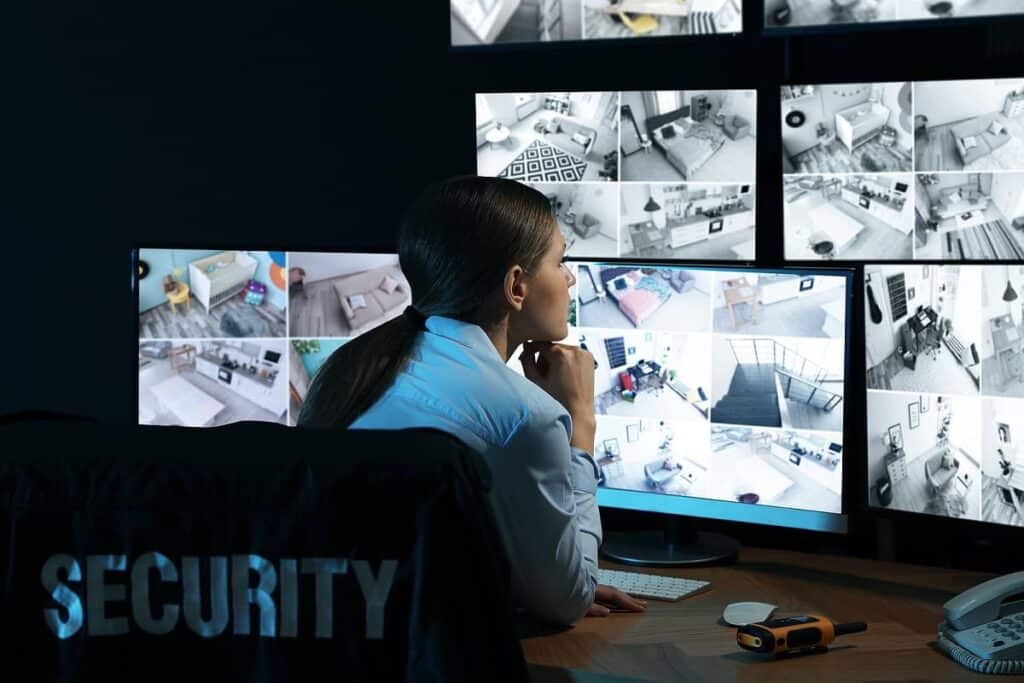Skydio Drone Sells ‘True Autonomy’ for Civilian Use Cases
Table of contents

What a difference a year makes. In 2019, drone startups raised a record $1.2 billion in funding, according to Drone Industry Insights. It’s a different story in 2020: Through mid-August, only about $240 million in disclosed capital has flowed into private companies, based on public data. It seems the investment side of the industry has hit a lull if not outright slump. Further evidence: Chinese drone manufacturer DJI, which owns more than 75% of the consumer drone market, has been shedding staff in a major reorganization for the last few months. That makes the $100 million mega-round picked up by Skydio in April all the more noteworthy.

We want to know why this Silicon Valley startup is suddenly flying high.
Three Reasons Why Skydio Drones are Flying High
Founded in 2014 by some big brains out of MIT, Skydio has raised a total of $170 million. The Series C earlier this year brought in more venture capital firms with deep pockets, including Andreessen Horowitz, which led a couple of earlier rounds dating back to 2015. The startup is also tight with AI chipmaker Nvidia (NVDA) and features GPUs in its drones. The company has poured a lot of R&D and high-end tech into its consumer drones, which are among the most advanced in their use of computer vision. In fact, we first wrote about Skydio in an article on the most interesting AI startups using computer vision, followed by a story on some well-funded drone companies that could be ready to challenge DJI.
Update 03/01/2021: Skydio has raised $170 million in Series D funding at a post-money valuation of more than $1 billion to expand globally and accelerate product development. This brings the company’s total funding to $340 million to date.
The way we see it, there are at least three reasons why Skydio is having a moment:
- The AI appears to be the real deal.
- The company is broadening its market with a commercial line of drones, including public safety and defense.
- It’s Made in the USA. Chinese technology companies are getting the cold regulatory shoulder from the U.S. government. Plus, we’re told nationalism is trending.
Let’s take a closer look at each thesis.
AI is the Real Deal
Skydio is a software-first company, though the design of its new commercial Skydio X2 seems pretty innovative with a small, foldable airframe that sports six 4K navigation cameras for 360° obstacle avoidance and a dual-sensor payload that includes 12MP color and infrared sensors. The grey matter for the drone comes from a Nvidia TX2, a supercomputer-on-a-module for edge computing that enables the aircraft to react on the fly. However, the secret sauce is in the software:

Skydio Autonomy, for instance, continuously builds a real-time 3D map of its surroundings at all times. The company claims other types of drones (well, anything made by DJI, based on the marketing material) only “detect an obstacle here and there.” Such an aircraft is only ever reacting because it has no real understanding of its surroundings at any given moment. Other drones (ahem) also have a sticky obstacle avoidance system because most pilots aren’t exactly Air Force material, meaning the aircraft is often stopping midair to avoid destroying itself. Skydio AI’s motion detection takes care of the twists and turns, while the pilot provides the general direction. Object recognition is another advanced feature where the AI possesses contextual awareness. For example, a Skydio drone that sees a cable floating in mid-air understands that the obstacle is likely to extend in both directions and avoids the cable.

The company’s new chief operating officer (COO) talked about how it would win market share through its software: “Unlike previous US drone manufacturers who failed by trying to beat DJI at their game, we will win by focusing on autonomy-first and fully integrated solutions.”
Skydio’s strategy is to play up the risks and costs of manual drones to its customers’ upper management or leadership. It says more than half of 100 enterprise companies surveyed listed risk of crash as their primary concern. It also claims that hiring, training, and retaining qualified pilots consumes up to 80% of a drone program budget. Autonomy, Skydio contends, can reduce total cost of ownership by up to 40% by cutting training costs and the number of pilots needed.
Skydio is making the case that its AI can take human error out of the equation, and companies and organizations are by nature risk averse. In fact, Skydio emphasizes that users are more like managers than pilots. And that’s exactly the value proposition.
New Market Opportunities for Skydio Drones
The Skydio X2 is the company’s first commercial product line with two models. The X2D is for military applications, such as reconnaissance, search and rescue, and security. The X2E is the enterprise model with two major applications – situational awareness for public safety and security and infrastructure inspection.
Public safety and autonomous surveillance is a fast-growing market if you’ve been watching the news lately. Why spend millions on a helicopter – about $2.4 million for an LAPD model, not including the $600 per hour cost of operation – when you can accomplish the same mission with an autonomous drone? Drones are also sneakier quieter than manned aircraft and usually don’t kill anyone when they crash.

Industrial drones represent another growth market where unmanned aircraft survey things like bridges or wind turbines. Skydio has developed specific software called 3D Scan where operators specify the area or volume to inspect, pick a desired imaging resolution, and the AI-powered Skydio 3D Scan does the rest, autonomously imaging all surfaces by dynamically building a real-time map as the drone flies. There’s a residential version of the software for insurance agents to inspect homes, with both solutions expected out by the end of the year.
Made in the USA
Skydio is also getting into a somewhat protected domestic market. The U.S. government is expected to ban the use of foreign drones – in reality, drones from China, especially DJI – by any federal agency before the end of the year. While that doesn’t affect other market sectors directly, it will likely have a knock-on effect.
Skydio is definitely willing to use the Made-in-the-USA card. From that new COO we mentioned earlier: “The opportunity to build the go-to-market engine for a U.S.-based company that designs and manufactures software-defined, AI-Autonomy fires me up — especially, in the face of an overseas-based, hardware centric, 80% market share incumbent that presents serious information security risks.”
That last dig, of course, refers to suspicions in some corners that DJI collects far more data than it needs for reasons unknown. It all plays into a David-and-Goliath narrative that works in Skydio’s favor. One thing is for sure: Skydio thinks its AI can outmaneuver DJI.

Conclusion
It would seem the pivot into the commercial market with superior AI is coming at the right time for Skydio. A survey of public safety drone programs, one of the key markets for the X2, found that DJI is still the leader by a long shot with 90% of respondents flying the drones from China. However, about 11% said they were now flying Skydio drones only seven months after the company released its last consumer product, the Skydio 2, which retails for $999. We assume the commercial product is a wee bit more, which makes us wonder: Will enterprises buy into the additional bells and whistles of the X2 products if the consumer model of the S2 is already being adopted by those same market players? It’s likely more applications will come to the forefront as the technology proves its value.
Sign up to our newsletter to get more of our great research delivered straight to your inbox!
Nanalyze Weekly includes useful insights written by our team of underpaid MBAs, research on new disruptive technology stocks flying under the radar, and summaries of our recent research. Always 100% free.














